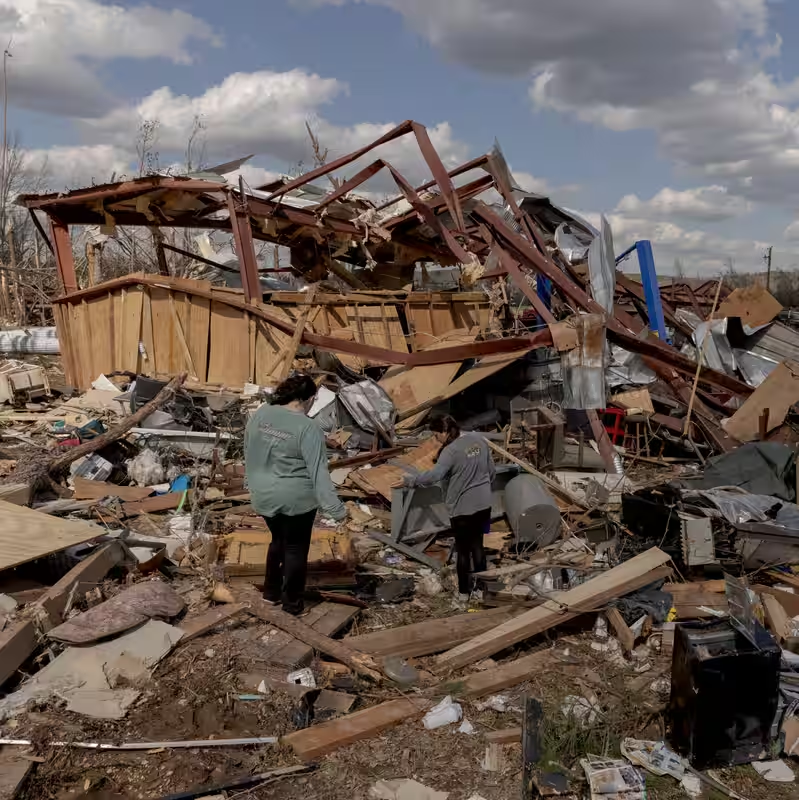Disaster Costs
In a stunning development for climate and economic accountability, the National Oceanic and Atmospheric Administration (NOAA) has ceased its official tracking of billion-dollar weather and climate disasters. This leaves a critical gap in understanding the true financial toll of America’s escalating extreme weather events—a gap now being filled by a coalition of independent scientists.
Their revived database reveals a grim picture: the first six months of 2025 alone have inflicted a record-shattering $101 billion in damages across the United States .
Why NOAA Stepped Back
NOAA’s decision, announced in May 2025, was a direct result of severe federal budget cuts . The agency’s renowned “Billion-Dollar Weather and Climate Disasters” database, which had meticulously logged 403 catastrophic events since 1980 at a total cost of over $2.9 trillion, was officially shuttered . This move has raised alarms among researchers, policymakers, and the public, who relied on this data for everything from emergency planning to economic forecasting.
The Scientists Step In
Refusing to let this vital information go dark, a group of scientists, with support from nonprofits like Climate Central and the Insurance Information Institute, has taken up the mantle . They have revived and are now maintaining the database, ensuring the public and decision-makers continue to have access to this crucial information.
According to their initial findings, the first half of 2025 has been unprecedented. The number of billion-dollar disasters is already far exceeding the inflation-adjusted annual average of nine events observed over the past 46 years . This surge is a stark indicator of the accelerating impacts of climate change on our communities and economy.
What This Means for You
The loss of official government tracking creates a dangerous information vacuum. Without reliable, centralized data:
- Local governments struggle to secure adequate disaster preparedness and recovery funding.
- Businesses face greater uncertainty in risk assessment and insurance planning.
- Homeowners may be unaware of the growing financial risks in their own communities.
The work of these independent scientists is now more important than ever. They are not just counting storms; they are providing the evidence needed to build a more resilient future.
A Look at the Data: 2025’s Record Start
| Period | Number of Billion-Dollar Disasters | Total Damages (USD) |
|---|---|---|
| Jan – Jun 2025 | 12+ | $101 Billion |
| Annual Avg. (1980-2024) | 9 | ~$100 Billion |
Note: 2025 figures are preliminary and for the first half of the year only [[1], [6]].
Sources
New York Times: NOAA Isn’t Tracking Disaster Damages Anymore. These Scientists Are.
Triple-I Blog: Nonprofit to Rescue NOAA Billion-Dollar Dataset
NOAA Announcement: NOAA Will Stop Tracking Cost of Climate-Related Disasters
Climate News Coverage: Disaster-tracking database ended by budget cuts
Climate Central: Billion-dollar disaster database gets new life




